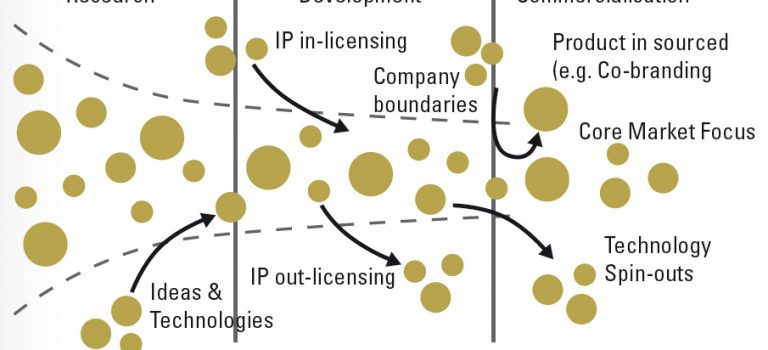After having succesfully launched a poll in December, we decided to drop a new question for you. 2012 has just started and many newspapers, blogs and video’s are trying to show us the trends for upcoming year. Summarizing speeches of professional trendwatchers I ran into lately, I could identify a few trends that are interesting for 2012.
Epxerience economy
Most of the trendwatchers are seeing trends in the way consumers are acting in the market. Started off already years ago, the experience economy will get to its highest point in 2012. Consumers are no longer looking for products, new technologies or sustainable services only, they are digging deeper, willing to get unique experiences that come along with the products and services they buy.
Time-to-innovate is outrunned by speed of market
Another trend is the fact that, due to globalization and rapidly increasing access to broadband internet and mobile apps, consumers needs are changing faster than we could ever imagine. This doesn’t mean they aren’t loyal anymore, they are just looking for great experiences and consumers will get loyal to companies who can adopt faster than the consumers can even imagine. If we don’t innovate faster, we are running into the opportunity that our Time-to-Innovate will be much longer than our consumer loyalty can handle.
Influencers
Another interesing trend is the rate of influencability of “the guy from the block”. Well, a guy with a lot of twitter followers, a huge Facebook fan list or some other form of social influence. We all know that influencers are paid by large brands, but hey, if they are integer, they will also publish about those small brands that we didn’t know of. And it’s those influenceable posts that start ruling our marketing. It makes our campaigns viral and it can ruin multi-million-dollar campaigns in seconds as well. Just be prepared.
So what do you think:
Please fill in our poll and we’ll come back to this later!


